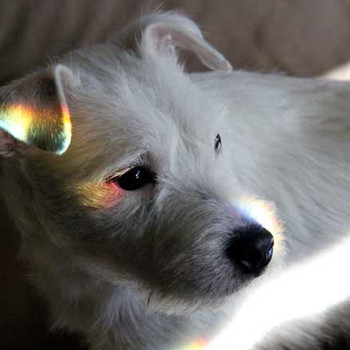If 2.54 L of hydrogen reacts with 3.13 L of oxygen at temperatures above 100 degrees Celsius, how many L of H2O(g) will form?
2 Answers
Hydrogen gas is the limiting reactant, so the given reaction and volumes will produce 2.54 L of water.
Explanation:
Start with a balanced equation.
This is a stoichiometry gas problem. Since the reactants and product are identified as liters (volume), we can use the relationships between the liters as we would do with moles.
This also a limiting reactant problem. You need to determine the volume of water that can be produced from the volumes given for each reactant gas. The gas that produces the least amount of water is the limiting reactant, and the amount of water that can be by the reaction is determined by the limiting reactant.
The ratio between
The ratio between the volume of
The limiting reactant is
This problem involves determining the limiting reactant and using it to calculate the volume of
We're not given a specific temperature or pressure, so we'll (albeit impractically) ignore the fact that the temperature is above
To calculate the limiting reactant, we'll convert the volumes of the reactant gases to moles, and we'll assume that one mole of a gas occupies
It is clear that
We'll use the calculated value of
You'll notice this is the same value as the volume of

